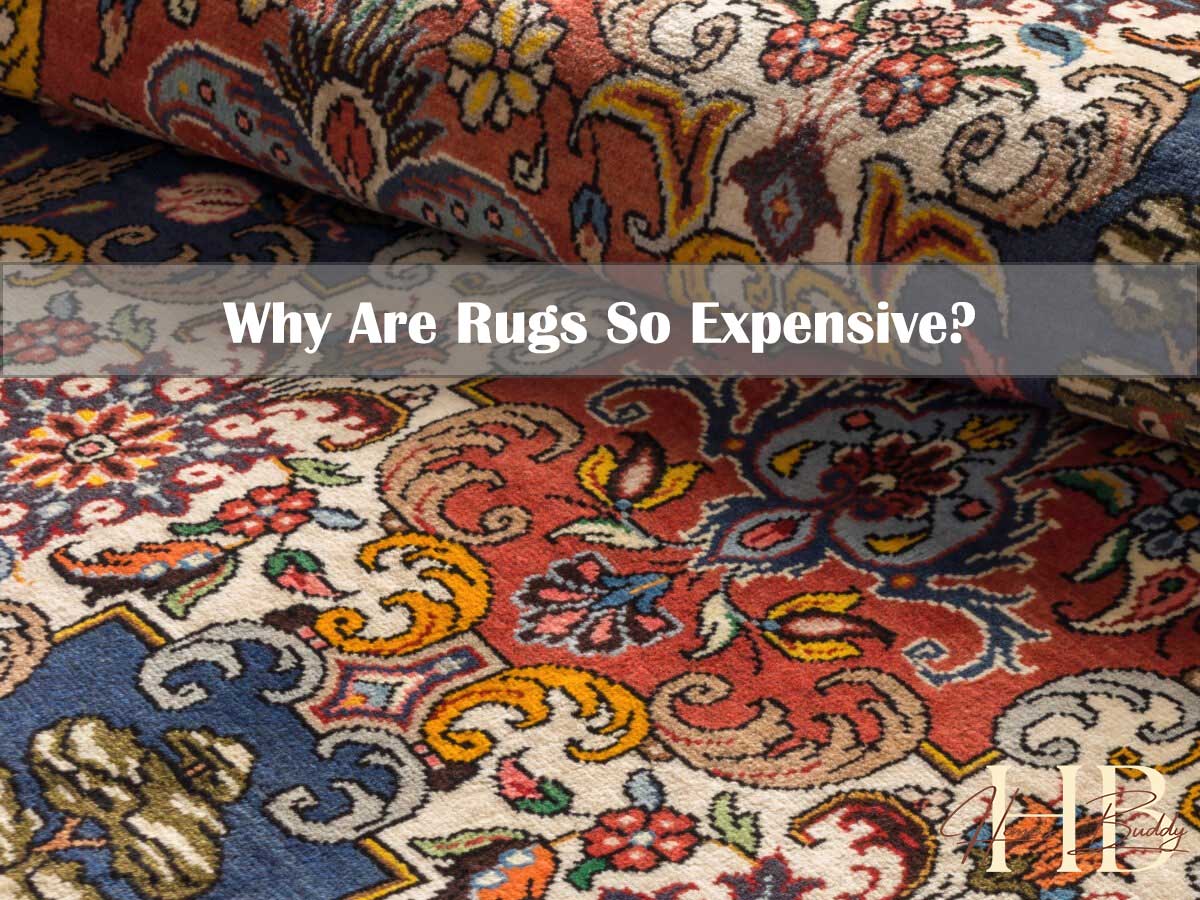Blogs
Why Are Rugs So Expensive?
Have you ever looked at the price tag on a rug and thought, “Why is this thing so expensive?”? You’re not alone. Rugs can cost a lot of money—and there are some good reasons why. It’s not just about having something soft on the floor. The price often comes from the way the rug is made, the materials used, and the time it takes to finish one. Let’s break it down in a simple way.
1. Rugs Take a Long Time to Make
Some rugs, especially the fancy handmade ones, can take months or even a year to finish. That’s because people actually sit down and tie thousands (or even millions!) of tiny knots one by one to create the design. Imagine how long that would take! These workers are skilled and know exactly what they’re doing, which makes their time and talent worth a lot.
And once all that work is done, it’s important to pick the right rug size to match your space – especially in places like the living room. If you’re not sure what size rug you need, check out this guide on how big a living room rug should be to make sure you get the perfect fit.
2. Rugs Are Made With High-Quality Materials
Expensive rugs are usually made from natural stuff like wool, silk, or cotton. These materials feel better, last longer, and look nicer than cheaper, fake ones like plastic or polyester. But they also cost more to get and use.
- Wool is soft, warm, and super strong.
- Silk is smooth and shiny, but also very pricey.
- Cotton helps make the rug strong and holds everything together.
3. Handmade Rugs Are Like Art
Some rugs are so detailed and beautiful, they’re more like art than floor mats. In fact, many are made using traditional designs passed down through families for generations. People in places like Persia (Iran), Turkey, India, and Morocco have been making rugs for hundreds of years. That history adds value.
If someone makes just one rug with a special design, it becomes one of a kind, and that makes it even more valuable.
4. Natural Dyes Cost More
Some rugs are dyed using natural colors made from plants, roots, and even bugs (yep, really!). These dyes are safer and more beautiful, but harder to make than regular factory dyes. That’s another reason the price goes up.
After weaving, rugs go through several stages of washing, drying, stretching, trimming, and finishing—each of which adds time, labor, and cost to the final product.
5. Rugs Last a Long Time
A good rug can last decades – sometimes even longer than a car or couch. Some people even pass rugs down to their kids or grandkids. That makes them a long-term investment. You’re paying more now, but you won’t need to replace it anytime soon.
6. Shipping and Selling Adds to the Price
Many rugs are made in faraway countries and have to be shipped all the way to your local store. That costs money. Then the store needs to pay workers, rent, and other bills—so they raise the price to cover those things too.
While a rug might look simple, there’s actually a lot behind the scenes – hard work, skill, materials, and time. Next time you see a pricey rug, you’ll know it’s not just a piece of fabric—it’s a piece of handmade history.

